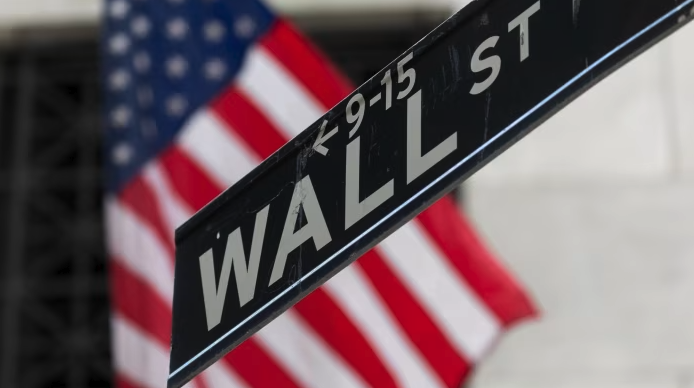The writer is a managing director at Frontline Analysts and the author of The Unaccountability Machine
Lobbyists for the American banking industry will presumably be congratulating themselves on a hard game well won this week. Michael Barr, the Federal Reserve’s vice-chair for supervision, admitted that consultation process on new capital rules known as the “Basel Endgame” had been a “lesson in humility”. Industry commentators identified the revisions made as a “capitulation” to a campaign which had included ads in the middle of the American football games.
On the face of it, they are right to do so. In the past, the US authorities have tended to take a two-tier approach to the global standards emanating from Bank for International Settlements in Basel, implementing them in a gold-plated fashion for the very largest dozen or so banks but leaving the majority of their system completely untouched. This allowed the Fed to claim it was among the world’s toughest regulators, while avoiding too much complaint from the powerful domestic savings bank lobby. This strategy seems to have been abandoned.
Global regulators will certainly notice that the US has started a race to the bottom — the Bank of England’s announcement of its own endgame proposals already makes several references to “international competitiveness” and “other jurisdictions”.
The latest endgame proposals from the Fed contain several departures from the letter of the so-called Basel III accords on bank capital, including at least one that is significantly weaker than the equivalent provision in Europe. When calculating a part of their capital requirement for “operational risk” (the risk of losing money by mistakes, IT failures and other non-financial hazards), banks are meant to apply a multiplier to their gross fee income (or expense, if it is higher). On Monday, Barr confirmed that the US would apply the multiplier to net fee income, almost always lower than the gross figure and thus in effect reducing capital requirements.
For banks like BNY Mellon and State Street which specialise in custody services rather than lending, this makes a big difference, as operational risk and fee income are more important to their business model than credit risk and interest income. It is not necessarily egregious; custody business is less risky than lending or trading, and the US trust banks have no real equivalents anywhere else.
But it is a departure from the global standard, and it will also be available to less conservative institutions; investment banks could net off their exchange fees against trading commissions, for example. And while the road to hell is paved with good intentions, the road to the next banking crisis is paved with good exemptions. Every regulatory disaster always has its roots in something which seemed justified at the time.
This should not just be a concern for the Fed. The real risk from the ignominious end of the endgame is that the world is bound to notice that the swing of the regulatory pendulum has changed direction. For more than a decade, US banks have benefited substantially from the fact that their capital was seen as more trustworthy than their global peers. They did not make as much use of internal modelling, they had more rigorous standards on loan losses, and lower levels of leverage.
The collapse of Silicon Valley Bank last year ought to have been a warning sign. Far from having solid and transparent balance sheets, many US banks had very large unrealised losses on their books, which they were not required to mark to market for capital purposes.
That anomaly is, at least, being cleared up even in the weakened version of endgame. But there are still plenty of incipient problems. Nobody knows the extent of US commercial real estate risks. The global standards on liquidity risk are only implemented for the very largest banks. Even the stress testing system is itself under stress, with Goldman Sachs successfully appealing against its capital requirements this month.
When it comes to capital, bankers seem to be incapable of seeing the big picture. A few basis points on a ratio make hardly any difference in the long term. But a reputation for financial stability is incredibly valuable; the fate of Credit Suisse is a warning that when it is lost, everything is gone.
On nearly every results call since the crisis, Jamie Dimon of JPMorgan has taken the opportunity to remind investors of his company’s “fortress balance sheet”. Dimon himself is coming towards the end of his term as chief executive, and it would be sad and ironic if this part of his legacy was forgotten. Regulation is not a constraint on the financial industry; it is part of the infrastructure.


Recent Comments